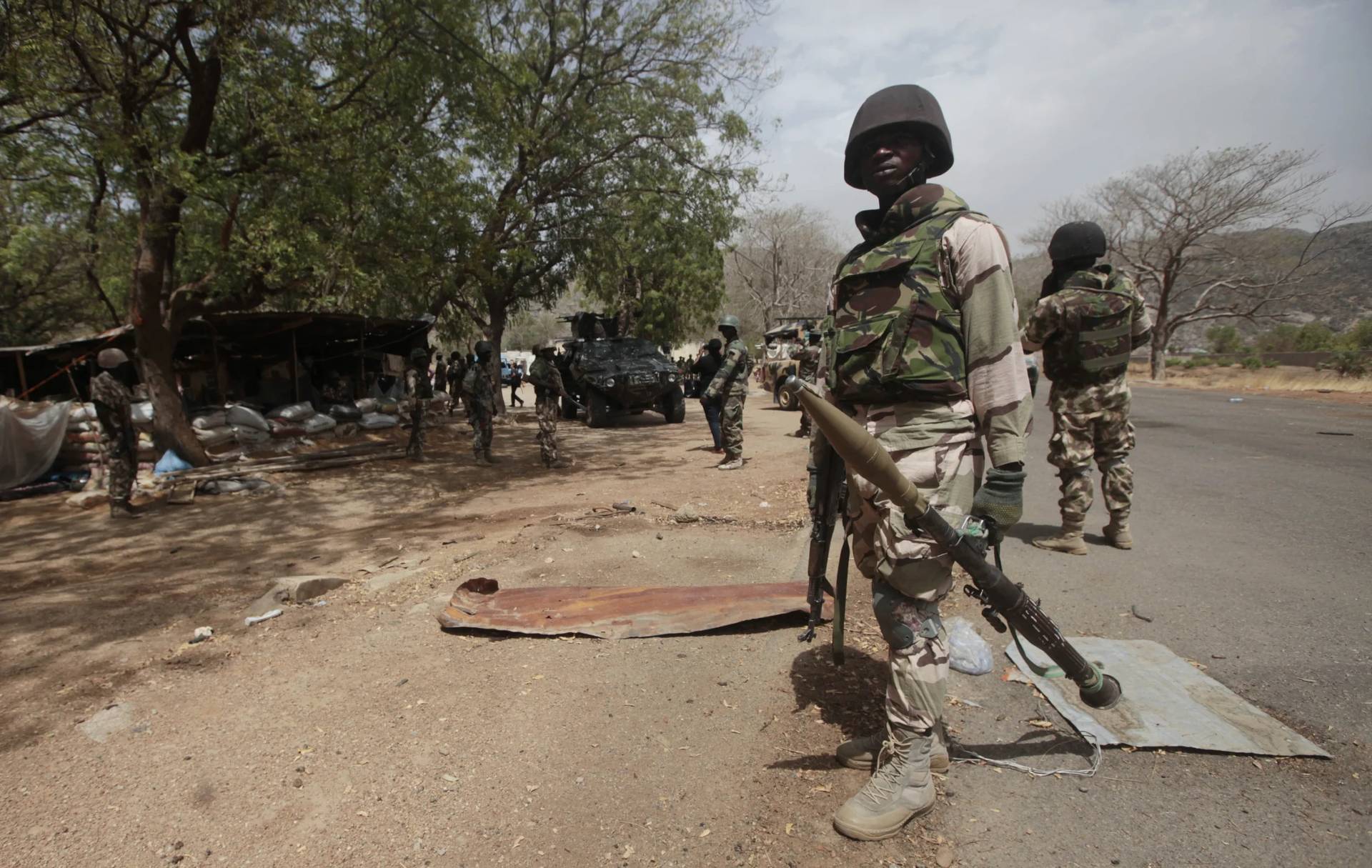Although it’s forever surprising to Americans to hear this, when Iranian President Hassan Rouhani called on Pope Francis Tuesday, he did so as head of a state that has enjoyed diplomatic relations with the Vatican for much longer than the United States, and arguably representing a strategic partnership that’s almost as important as Washington.
Iran and the Holy See established full diplomatic ties in 1954, 30 years before the United States did so in 1984 under Ronald Reagan, and the bond has remained uninterrupted ever since, even during the Iranian Revolution and the US hostage crisis.
Rouhani was the first Iranian president since 1999 to meet the pope in the Vatican, a gap of time largely explained by the fact that it coincides with the reign of populist firebrand Mahmoud Ahmadinejad in Tehran. (Rouhani and Francis were supposed to meet in November, but the Iranian leader’s European swing was canceled after the terrorist attacks in Paris.)
If Italian media reports are to be believed, Rouhani may have presented Francis with a formal invitation to make an historic visit to Iran, perhaps as early as May, when the pontiff is also considering a trip to Armenia.
Not so long ago, when Iran’s ambitions to become a nuclear power still posed real questions about global security, such an outing would have been problematic, especially for a “Peace Pope.” Last year’s framework agreement with the P5+1 powers, however, has made it more thinkable.
At one level, the close ties between Rome and Tehran reflect the often under-appreciated fact that both the Vatican and post-revolutionary Iran are basically theocracies, representing spiritual traditions — Catholicism and Shia Islam — that have a surprising amount in common.
Iranian writer Vali Nasr, author of the 2006 book “The Shia Revival,” argues that the divide between Sunni and Shia bears comparison to that between Protestants and Catholics, with Shia being the branch closer to Catholicism.
Among those points of contact are:
- A strong emphasis on clerical authority
- An approach to the Quran accenting both scripture and tradition
- A deep mystical streak
- Devotion to a holy family (in the case of Shiites, the blood relatives of Mohammad) and to saints (the Twelve Imams)
- A theology of sacrifice and atonement through the death of Hussain, grandson of Mohammad and the first imam of Shia Islam
- Belief in free will (as opposed to the Sunni doctrine of pre-destination)
- Holy days, pilgrimages, and healing shrines
- Intercessory prayer
- Strongly emotional forms of popular devotion, especially the festival of Ashoura commemorating Hussain’s death
One recent sign of the spiritual vicinity is that Iranian scholars recently translated the Confessions of Augustine and the Catechism of the Catholic Church into Farsi, the result of a 12-year effort.
In terms of sheer realpolitik, both parties also have strong motives for keeping their relationship green.
From Iran’s point of view, it aspires to being not merely a regional but a global player, and to do so it requires not merely “hard” power, to invoke the famous distinction of Harvard political scientist Joseph Nye, but also “soft,” meaning moral legitimacy. The perception of being in dialogue with the Vatican is crucially important, counteracting Bush administration rhetoric about Iran being part of an “axis of evil.”
Tehran also sees the Vatican as a firebreak with sometimes hostile Western nations. In 2007, when it seemed as if concerns over Iran’s nuclear program might lead to armed conflict with the United States, Iranian diplomats quietly sought out the Vatican as a potential mediator.
As far as the Vatican is concerned, few geopolitical challenges these days loom larger than the future direction of Islamic societies, including the fate of the Christian minorities within those nations. Given the decisive role Iran plays in neighboring countries such as Syria and Iraq, the Vatican believes that engagement is critically important.
Ironically, some Vatican diplomats actually have greater confidence in the protection of Christians in the Middle East by Iran and Russia than by the Western powers, who, in their judgment, simply don’t take religion seriously as a source of identity.
Francis has already made trips to Turkey, Israel, Palestine, and Jordan, and has also repeatedly voiced frustration that security concerns so far have made it impossible for him to go to Iraq and Syria. In that context, an outing to Iran would fit naturally both with the pope’s political priorities and also his outreach to the Islamic world, which recently found confirmation in indications that he’s also planning to make a first-ever papal stop at Rome’s Great Mosque.
That’s not to say everything is hunky-dory between the Vatican and Iran.
Aside from pushing Rouhani on implementation of the nuclear deal, Francis likely used Tuesday’s meeting to urge Iran to stop fomenting the conflict in Syria.
It’s not that the pontiff perceives an interest in bringing down Assad — after all, he helped prevent a Western assault to do just that in September 2013, staging a dramatic prayer vigil for peace in St. Peter’s Square, and most of his bishops in Syria believe that if Assad goes, rule by ISIS would be the inevitable consequence.
For his role in heading off an anti-Assad offensive, Foreign Policy magazine called Francis a “lion-slayer.”
However, Francis repeatedly has called for peace and condemned the spread of arms in Syria and Iraq, and doubtless wanted to have that conversation with one of Assad’s most important military suppliers.
On the Iranian side, Tehran sees itself as a rival to Ankara under Recep Erdoğan as de facto leader of the Muslim world. When Francis visited Turkey in November 2014, Erdoğan pushed him to be more outspoken in condemning Islamophobia, and it’s entirely possible that Rouhani delivered a similar message in order to keep pace.
Nonetheless, when Francis and Rouhani parted company on Tuesday, they did so as friends, and possibly with a papal trip on the drawing board.
In other words, this is a partnership destined to endure.

















